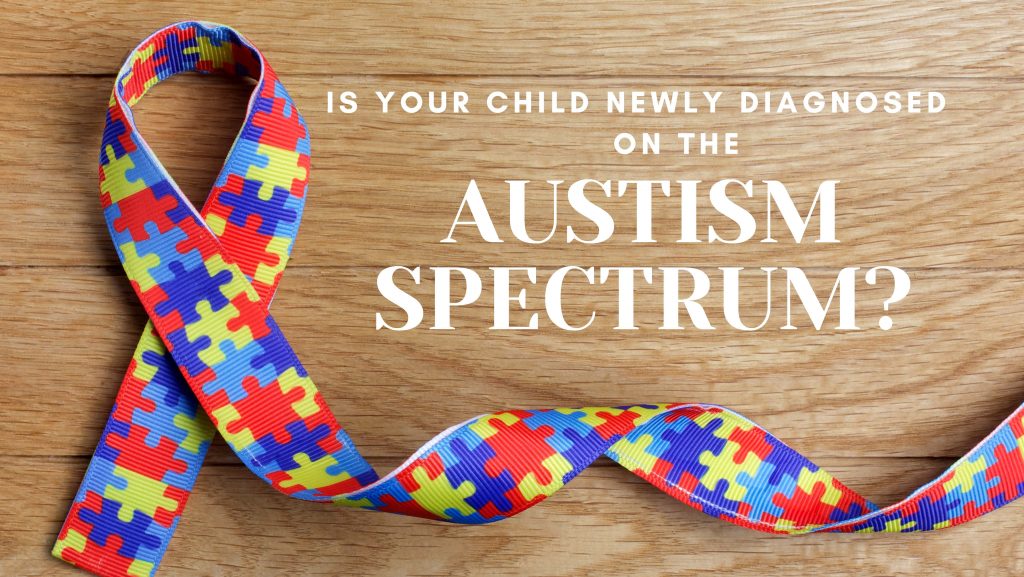 At One with the Water, we specialize in coaching adults and children with special needs. A particular focus of our organization is teaching children on the Autism Spectrum. Among children with autism, the risk of drowning increases exponentially. “Children with autism are 160 times as likely to die from drowning as the general pediatric population. Wandering commonly occurs with autistic children, and because children with autism often have limited social and communication skills, they may seek out bodies of water as a serene place to calm themselves and relieve anxiety. Often with tragic outcomes. Given the exceptionally heightened risk of drowning for children with autism, swimming classes should be the intervention of top priority.” – Dr. Li
At One with the Water, we specialize in coaching adults and children with special needs. A particular focus of our organization is teaching children on the Autism Spectrum. Among children with autism, the risk of drowning increases exponentially. “Children with autism are 160 times as likely to die from drowning as the general pediatric population. Wandering commonly occurs with autistic children, and because children with autism often have limited social and communication skills, they may seek out bodies of water as a serene place to calm themselves and relieve anxiety. Often with tragic outcomes. Given the exceptionally heightened risk of drowning for children with autism, swimming classes should be the intervention of top priority.” – Dr. Li
As an overview, multiple studies conducted in the 1990s discovered that the rate of cases and the occurrence of diagnoses increased by a significant amount in a short time period. In fact, the rate of occurrence went from approximately 1 in 2000, to 1 in 285.
Many explanations have been put forth to account for this occurrence, including better analytic tools, better identification, and screening methods, changes in diagnostic criteria, increased awareness among parents and clinicians, and changes in services available. (Source) Many experts also agree that environmental factors are an indisputable part of the cause of the rise in prevalence but which factors continue to be a major source of controversy in Autism circles.
Regardless of the cause, the fact remains there are proven methods of supporting individuals on the Autism Spectrum to ensure increased quality of life for both parents and children. Our goal here is to continue to provide access to those resources, both in the water and out.
Resources for children newly diagnosed on Autism Spectrum
 As we wrote before, early diagnosis and intervention have a high correlation to increased therapeutic outcomes. But as a parent, once your child receives the diagnosis, then what? The amount of information is overwhelming and often directly competing.
As we wrote before, early diagnosis and intervention have a high correlation to increased therapeutic outcomes. But as a parent, once your child receives the diagnosis, then what? The amount of information is overwhelming and often directly competing.
For parents of newly diagnosed children on the Autism Spectrum, we’d like to highlight this informative, easy to digest document to begin the process of gathering and organizing information to determine a way forward.
Advice for Parents of Young Autistic Children (2004): Working Paper is authored by James B. Adams, Ph.D., Arizona State University, Tempe, Arizona; Stephen M. Edelson, Ph.D., Autism Research Institute, San Diego, California; Temple Grandin, Ph.D., Colorado State University, Fort Collins, Colorado; and Bernard Rimland, Ph.D., Autism Research Institute, San Diego, California
“Receiving a diagnosis of autism can be devastating to some parents, but for others it can be a relief to have a label for their child’s symptoms. Many parents can be overwhelmed by fear and grief for the loss of the future they hadhoped for their child. No one expects to have a child with a developmental disability. A diagnosis of autism can be very upsetting. Joining parent support groups may help. However, these strong emotions also motivate parents to find effective help for their children. The diagnosis is important because it can open the doors to many services, and help parents learn about treatments that have benefited similar children.
The most important point we want to make is that autistic individuals have the potential to grow and improve. Contrary to what you may hear from outmoded professionals or read in outmoded books, autism is treatable. It isimportant to find effective services, treatments and education for autistic children as soon as possible. The earlierthese children receive appropriate treatment, the better their prognosis….”
For more of our series on supporting and caring for children with autism, consider these articles as well.
- Group-Based Social Skills Training in Children with Autism Spectrum Disorder
- Modeling Positive Social Behaviors in Autism Spectrum Swimming Lessons
- Clinical Parenting Approach To Autism
- Autism Spectrum Disorder and Occupational Therapy: Efficacy of Sensory Integration Therapy
- Autism Nutrition for Picky Eaters
- Autism Spectrum and Communication Solutions for Children
- The Science of Swimming: Autism
- Oral Care For Children With Autism
- Early Intervention for Children with Autism Spectrum Disorders
